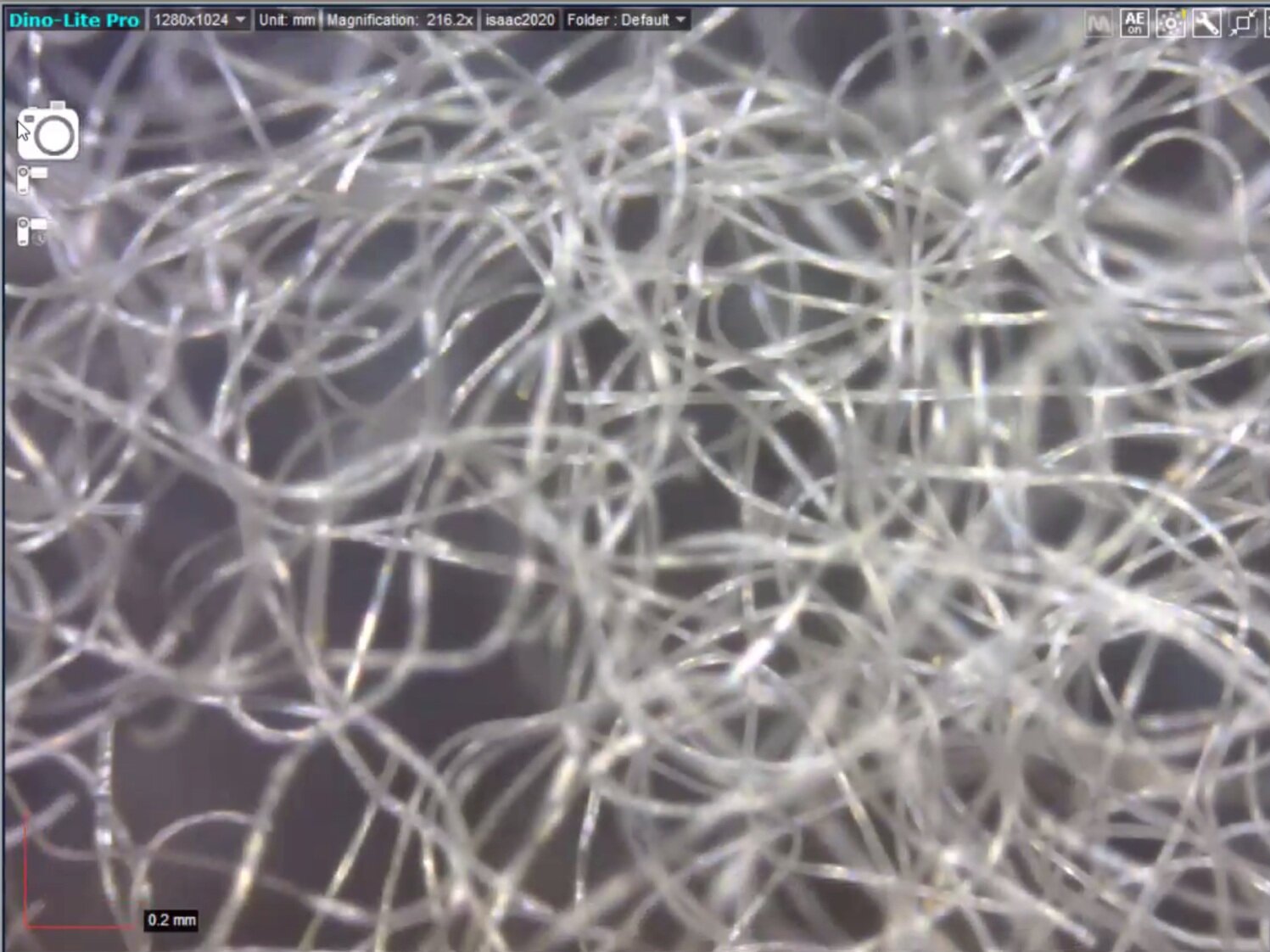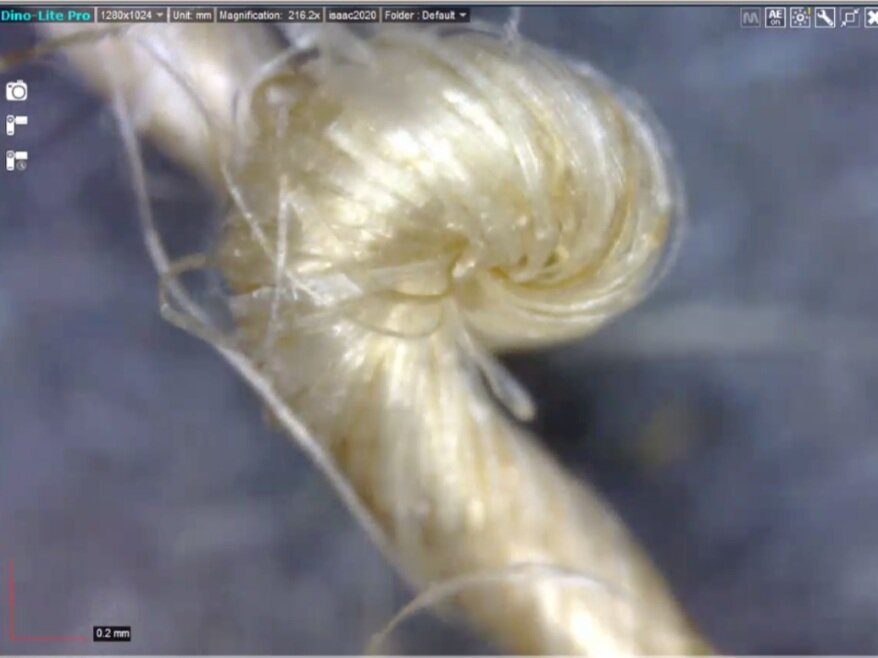Structural Properties of Textiles


The Ubiquity of Friction
At worst, it can make your walk across an icy surface pretty difficult and, at best, it gives you the capability of driving at a normal speed because you also have the ability to stop. It’s called frictional force and when you don’t have it as in the icy surface example, it’s likely you will have a hard time walking without slipping. When you do have frictional force as you do when you apply pressure on a car brake to slow down, it’s likely you will stop when and where you intended. Friction is in every space of our lives from putting shoes on wearing heaving woolen socks to pulling a thread through mediums of varying textures.
Consider the case of textiles and friction where the resistance to mobility (high frictional force) can be detected through touch if interacting between skin and fiber or by the inability of the textile to move when there is fiber to fiber locking or fiber to another medium with uneven surfaces. Take a look at the photo of the non-woven fabric where high frictional forces between filaments provide the connecting force making a stable structure. The filaments remain locked with each other because of high frictional force. On the other hand, low frictional force is evident when smooth fibers; fishing line filaments, meet with other smooth surfaces. In the photo with the latex tube, one of the test articles, a monofilament moved easily through the tube. The other articles, short staple cotton and hemp yarns, met more resistance.


Linear Structures (fascinating, I know…)
Text